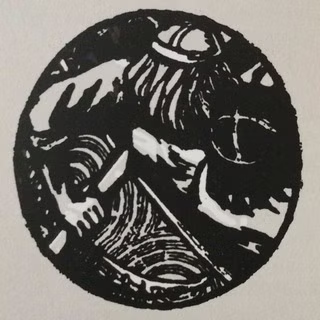Wäinölä 🇫🇮
Channel

2.06K
subscribers
The abode of Wäinämöinen • Finnic & Finno-Ugric religion, mythology, folklore, culture, and history (with emphasis on Finland & Karelia) — and occasionally other things • No conspiracy nonsense •
Telegram Center
Channel
